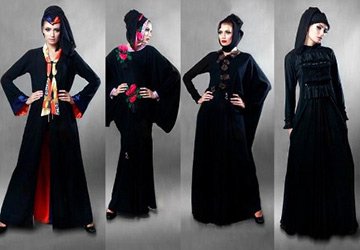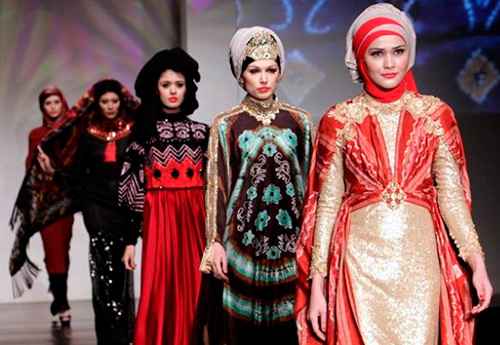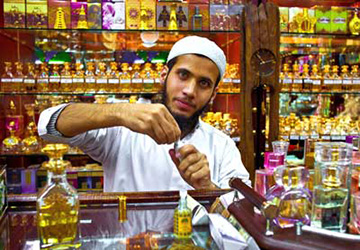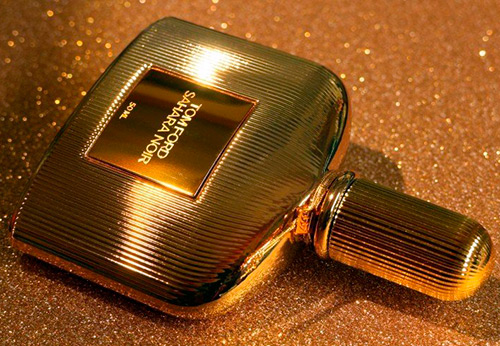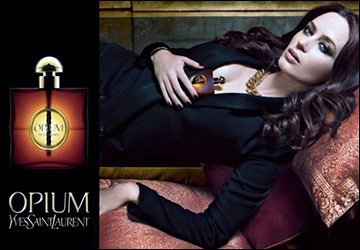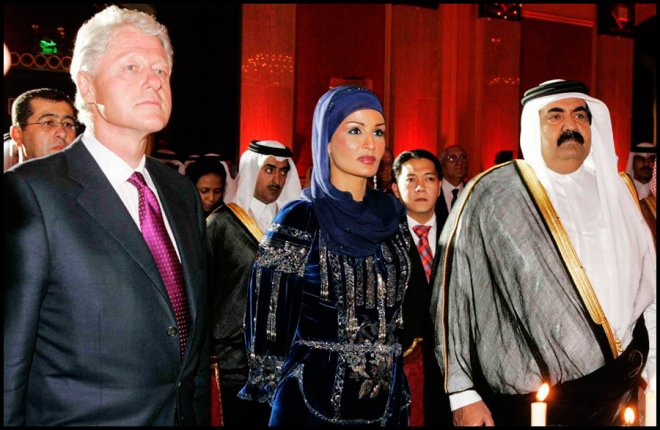Fashion history
Influence of the East and Islam on Western fashion
How many times in the history of mankind the East forced to draw attention to itself. And this not only applies to political problems that have existed for centuries, but, incidentally, from the creation of the world. The historical panorama of the coexistence of two different worlds - East and West - is full of events, sometimes tragic. But we will not now find out who and when was more or less right. Since humanity has existed, wars and confrontations have taken place everywhere and always, sometimes taking on a global scale. It's not just sad, war is a tragedy.
However, the conversation is on a different topic - on the theme of the influence of Islamic culture on the culture of the Western world, and more precisely, on Western fashion.
The discovery of the culture of the East for Western Europe began with the Crusades in the XI century, that is, with the war, and wars and trade have always contributed to the discovery of new contacts.
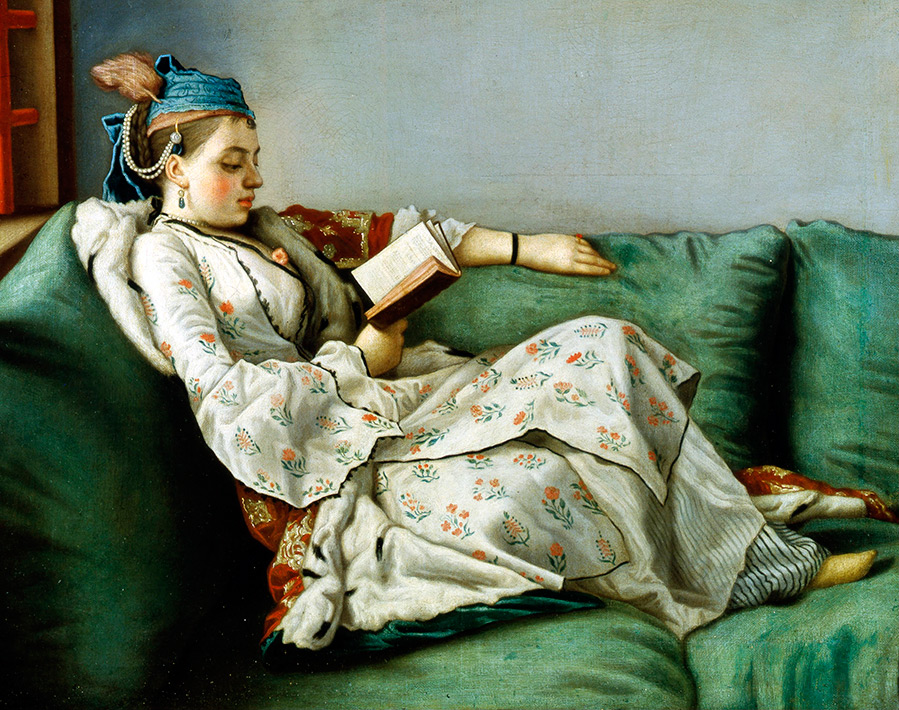
The Crusades, the Muslim East, oriental fabrics, fragrances, jewelry, precious stones never seen before by Europeans - all this gave a powerful impetus to the development of European fashion. New headdresses began to imitate a turban and burqa, soft shoes, carpets, shawls ...
The discovery of America at the end of the 15th century diverted the attention of Europeans to the opposite side of the planet for many years. And during this time, the Ottoman Empire was formed and gained strength, which conquered the Middle East and part of North Africa. Founded in the second half of the 13th century, the empire in the middle of the 14th century began conquering Europe and continued to expand until the end of the 17th century.
During this time in Europe, interest in oriental art, peculiar architecture, stone and wood products, porcelain, jewelry, etc. grew.
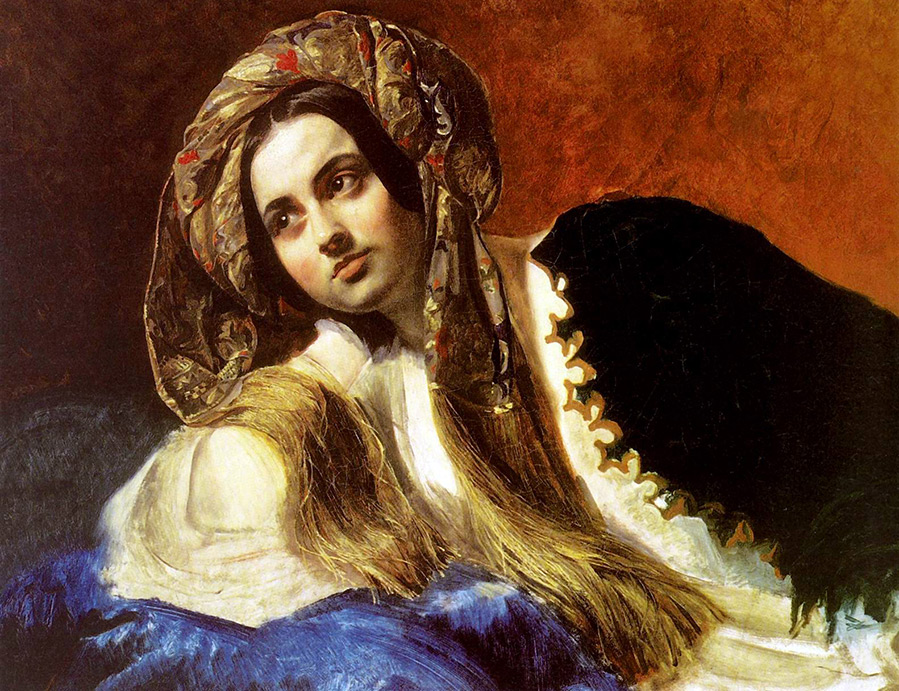
Bryullov Karl Pavlovich: Turkish woman
The fashion of Muslim Turkey surprised and delighted Europe. Headdresses such as turbans, various turbans, silk cloaks with Persian designs, soft shoes ... and finally, combinations of all bright colors. Kaftans and vests also originate from Turkish national clothing.
The next stage of interest in the East was the 18th century - the time of the French king Louis XV and his Marquise de Pompadour. It was the marquise who influenced the fashion of that time, she liked oriental outfits: Turkish harem pants, style. She introduced into fashion the use of cushions, which are still on every sofa today. They loved to embroider, decorate with flowers, ribbons, ruffles, lace. The jewelery art of the East attracted attention with its amazing combination of precious stones and diamonds.
The beauty of oriental dresses can be seen in the paintings of European artists. For example, the Swiss artist Etienne Lyotard (1702 - 1789), who lived for a long time in Constantinople, depicted many people of his era in his paintings. In the artist's portraits, everyone liked the similarity of faces, the image of the materials of clothing and jewelry, the colorfulness of his canvases.
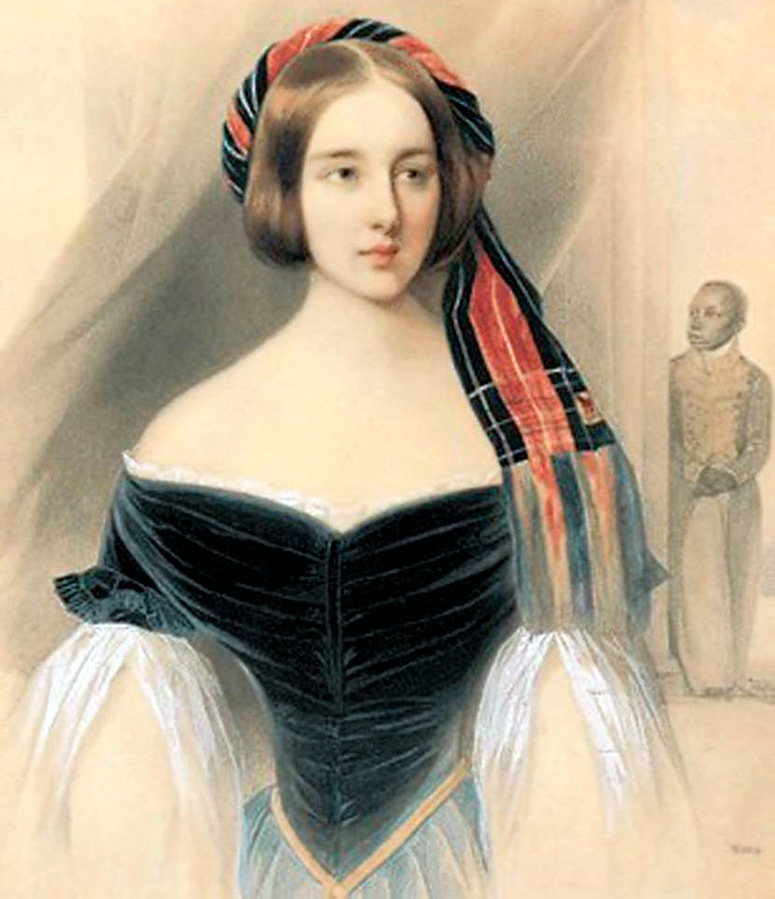
From the end of the 17th century to the beginning of the 20th century, the Ottoman Empire began to lose its possessions in all three parts of the world.
And a new passion for the Muslim East appeared at the end of the 18th - beginning of the 19th centuries. - the times of Napoleon's successful campaigns in Egypt. Then, returning to France, Napoleon's army brought a huge number of various kinds of things, among which were unique not only in their beauty, but also in their historical significance. After the Napoleonic wars, women put on transparent muslin dresses, shawls ...
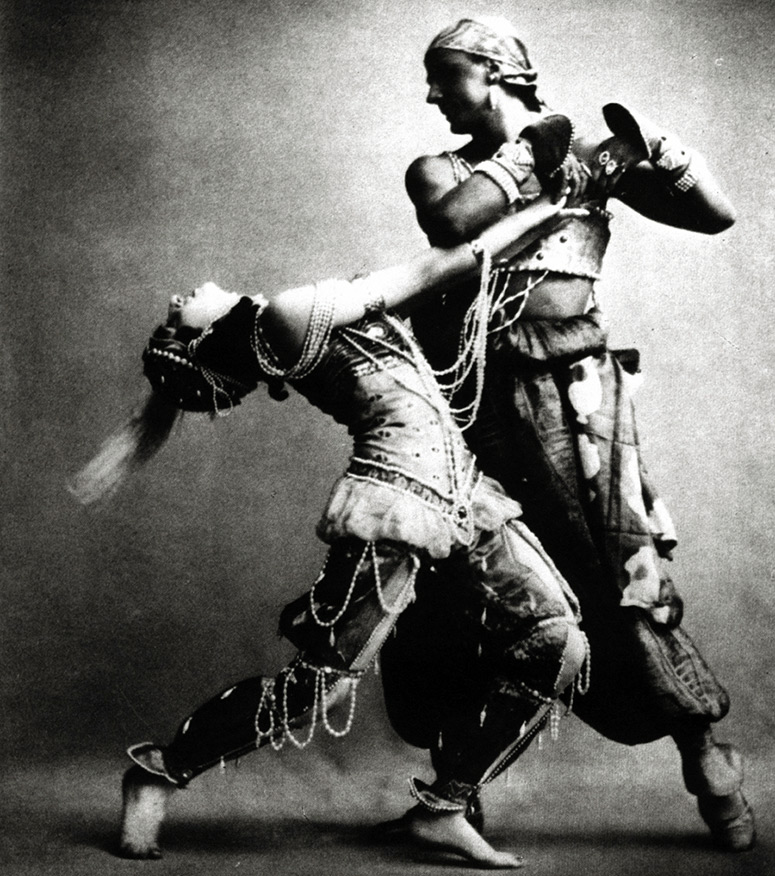
The fascination with the East began in earnest at the end of the 19th - beginning of the 20th centuries. Europe discovered the magic of the East thanks to the sensational success of the tour "Russian ballet" and the first fashion designer of the twentieth century Paul Poiret.
The luxury of the East, chic oriental clothes: caftans, kimonos, harem pants, tunics, turbans, veils, bright colors - everything is mixed in the Paris fashion arena.Magnificent embroidery, lace with gold and silver threads, brocade, fringes, fringes, pearls, expensive feathers - all oriental exotic decorates and influences art, fashion and lifestyle.
Fashion turns to the East again and again. All world religions prescribe modesty for women, which means that women's clothing should not be tight and transparent, not to mention mini-skirts. The appearance, if the face is open, should not be catchy and defiant.
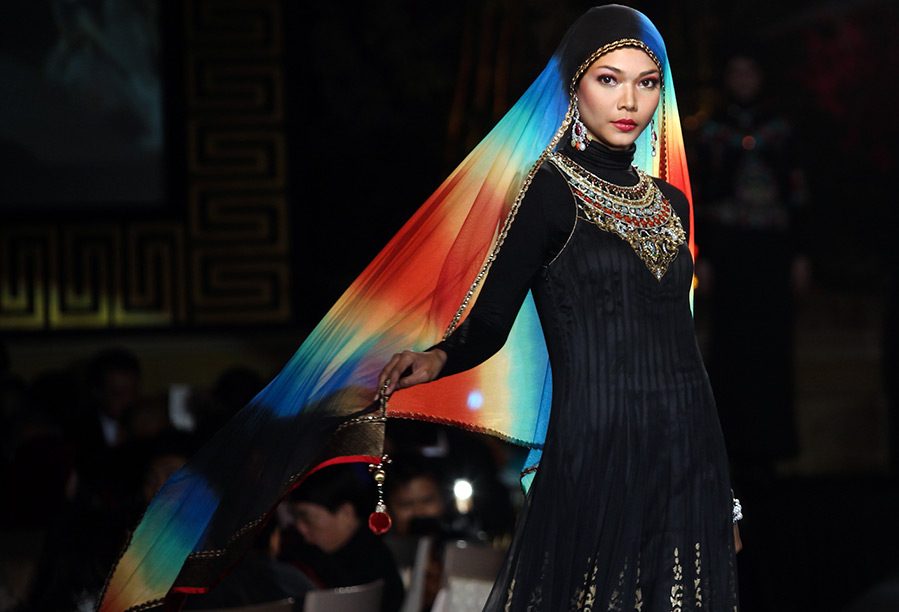
Modern Muslim women wear hijab, look dignified and modest, and this decorates them. Beauty is always admired, especially if it is manifested from the inside, and closed clothes emphasize purity and purity.
Having picked up a certain ensemble with a long dress, having beautifully tied a scarf (you can see such girls quite often today), you involuntarily rejoice that among the multitude of naked "absolutely" there are girls - owners of delicate taste and style, who show an example of modesty to others.
In the fashion industry lately there have been and there are two tendencies - to be naked or to dress in clothes with unfinished sewing, that is, "who is in what." Nudity reigns in fashion, naked beauties invitingly look on the catwalk and from glossy covers, but this is already pretty tired ...
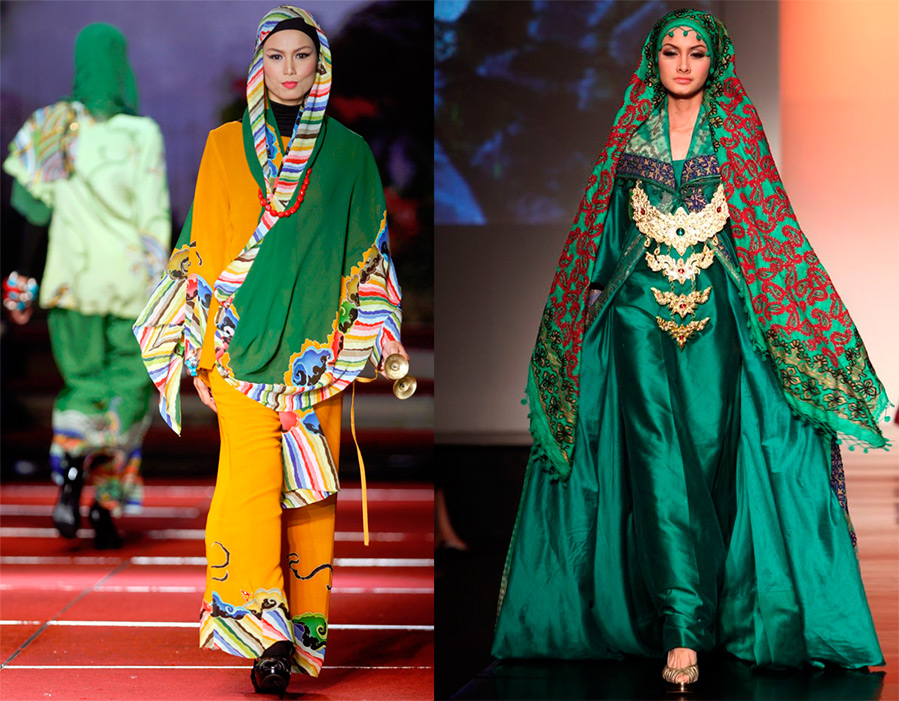
Fashion's latest look to the East encourages fashion designers to search for new horizons for the manifestation of talent. It remains only to turn to the origins of national costumes in order to draw inspiration and give a little modernity in cut, fabrics, work with the ensemble's decor and accessories.
Russia has a unique and amazing culture in which East and West are combined, so there is an opportunity for inspiration. In addition, there are many believing girls - both Orthodox and Muslim women. True, most often Orthodox girls dressed in Russian style with modern interpretations can be found only near temples. Modesty, restraint and austere style prevail here.
"Everything in a person should be beautiful: face, clothes, soul, and thoughts ..." A.P. Chekhov
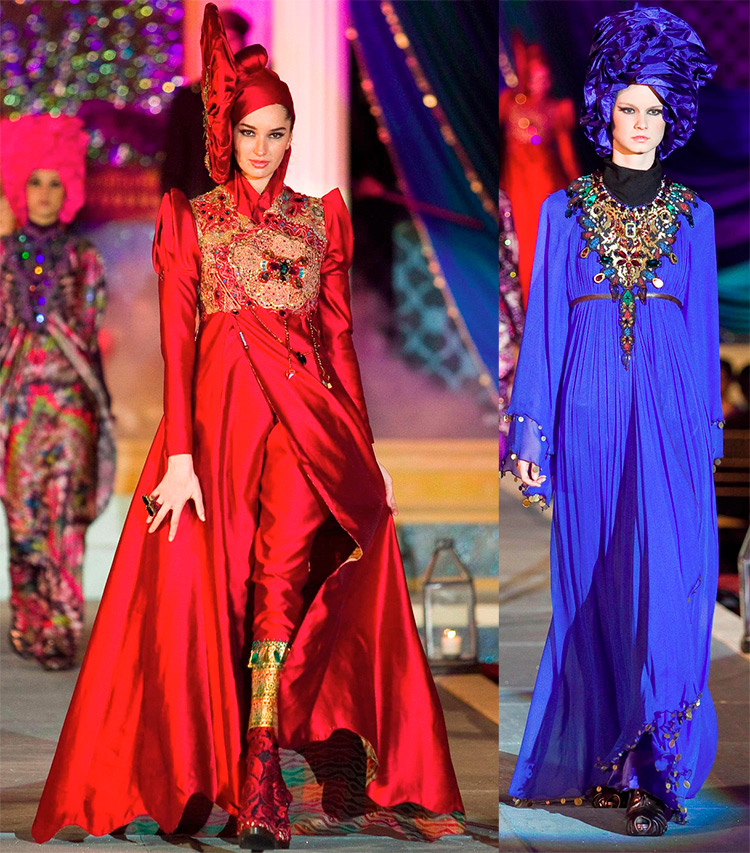
Comments and Reviews
Add a comment
Rating news
Shades of clothing that make women look younger
What shades of hair make women younger: rules and photos
Funny wedding dresses - photos and ideas
12 most expensive down jackets for the winter
How to look 25 at 40: tips from supermodels
Beautiful schoolgirls
Anti-aging haircuts and hairstyles for women
Fashionable skirts for autumn and winter
Fashionable women's trousers for the cold season
Fashionable and stylish sandals for summer 2024
Spring-summer 2024
 Fashionable dresses and tops with thin spaghetti straps
Fashionable dresses and tops with thin spaghetti straps
 Bandana tops: how to wear stylishly and beautifully
Bandana tops: how to wear stylishly and beautifully
 How to put together the perfect men's wardrobe for the summer
How to put together the perfect men's wardrobe for the summer
 Trendy shorts for spring-summer 2024
Trendy shorts for spring-summer 2024
 Fashionable skirts for spring-summer 2024: a guide to online shopping
Fashionable skirts for spring-summer 2024: a guide to online shopping
 The most fashionable dresses spring-summer 2024: styles and colors
The most fashionable dresses spring-summer 2024: styles and colors
 Fashionable total look 2024: image ideas and trends
Fashionable total look 2024: image ideas and trends
